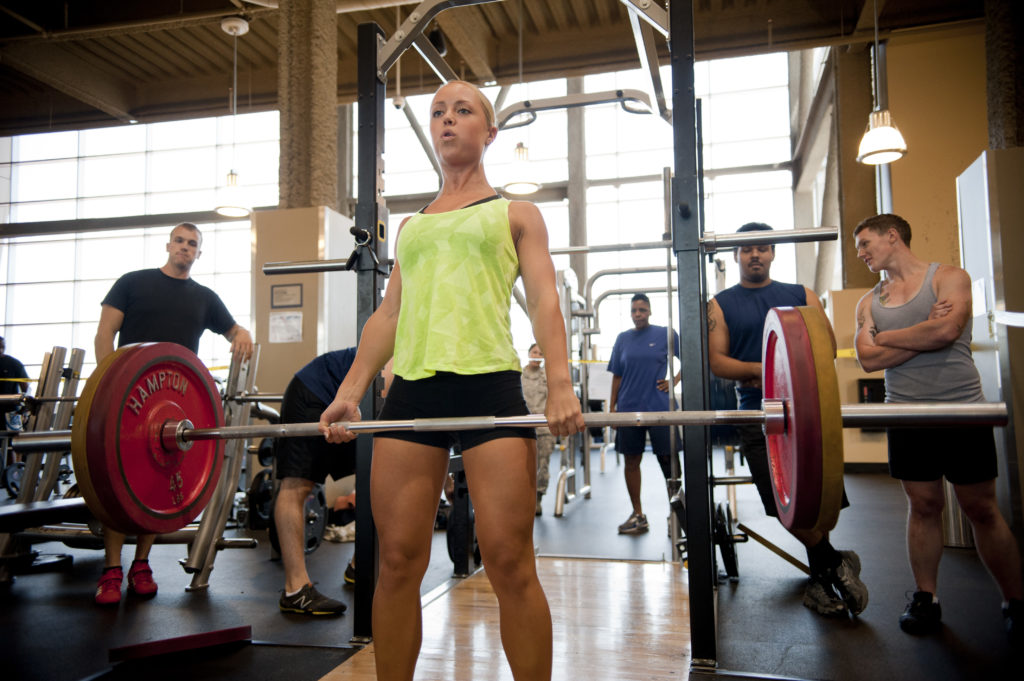The Mineral Every Runner Can’t Afford to Ignore
Potassium is the unsung hero for runners, supporting muscles, heart function, and recovery. Learn how this essential mineral can help you run stronger and recover faster.
Strength training is crucial for runners, but should you be lifting heavy or sticking with lighter weights? Here’s what science says about the best approach for performance and injury prevention.

Step into any gym and you’ll notice runners and athletes using very different approaches to strength training.
Some load up the barbell for a few heavy reps, while others focus on lighter weights or resistance bands with higher repetitions. So, which approach is best for runners?
The quick answer: The most effective strength program is the one you can stick to consistently.
But if you’re chasing both strength and performance gains, the evidence leans toward lifting heavier weights. Let’s break it down.
First things first: any strength training is better than none. Countless studies show that resistance training helps build lean muscle, improves metabolic health, and supports everyday function. For runners specifically, the benefits go even further:
Bottom line: strength work boosts endurance performance.

When it comes to building strength, heavier loads tend to come out on top.
Research consistently shows that lifting a higher percentage of your one-rep max creates greater strength gains compared to lighter weights even when both groups train to fatigue.
Translation: Heavy lifting is the most efficient way to maximize strength, though lighter training still builds muscle and has its place.
Looking at running performance specifically, research is a bit more limited, but still informative.
Translation: If your goal is to get faster and more efficient, heavy lifting or combining heavy training with plyometrics appears more effective than sticking with light weights.
Interestingly, most research has not found a direct link between general strength levels and injury prevention in runners. However, targeted programs do show promise.
One study on “foot core” training, which used bodyweight and banded exercises like toe taps, single-leg balance, and resistance band foot abductions, cut injury risk by more than half over one year.
Translation: Heavy lifting might not directly reduce injuries, but lower-load, focused routines can play a role in prevention.
Most strength training research focuses on men, so more studies are needed on women. Still, existing evidence suggests similar results. The bew lifters may feel hesitant about heavy weights. Concerns about form and injury are valid, so starting with lighter loads or guided instruction is wise.
Ultimately, the best program is the one you enjoy and commit to regularly whether that’s barbells, dumbbells, resistance bands, or bodyweight.
As one group of researchers summed up: resistance training in any form is better than none, and runners shouldn’t feel discouraged if heavy lifting isn’t the right fit.
For runners, strength training is non-negotiable. Light weights, bands, and bodyweight moves can help with targeted injury prevention, but if your goal is to maximize strength and boost running economy, heavier lifting provides the biggest payoff.
The key is finding a program you’ll stick with, so you can consistently reap the benefits.
Start your running journey today!
No spam. Cancel anytime.